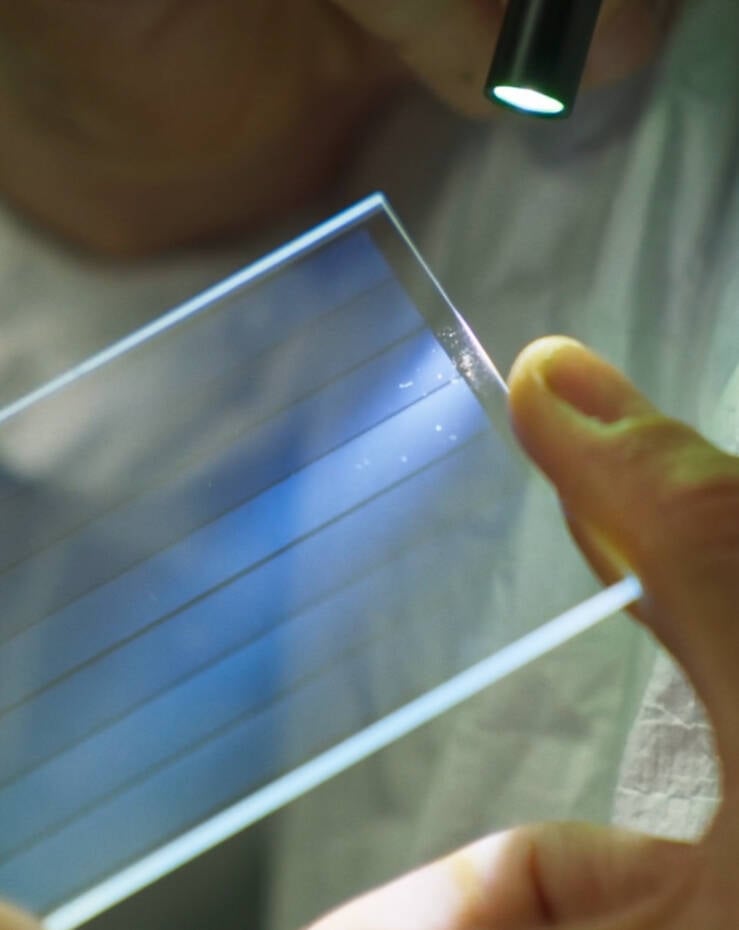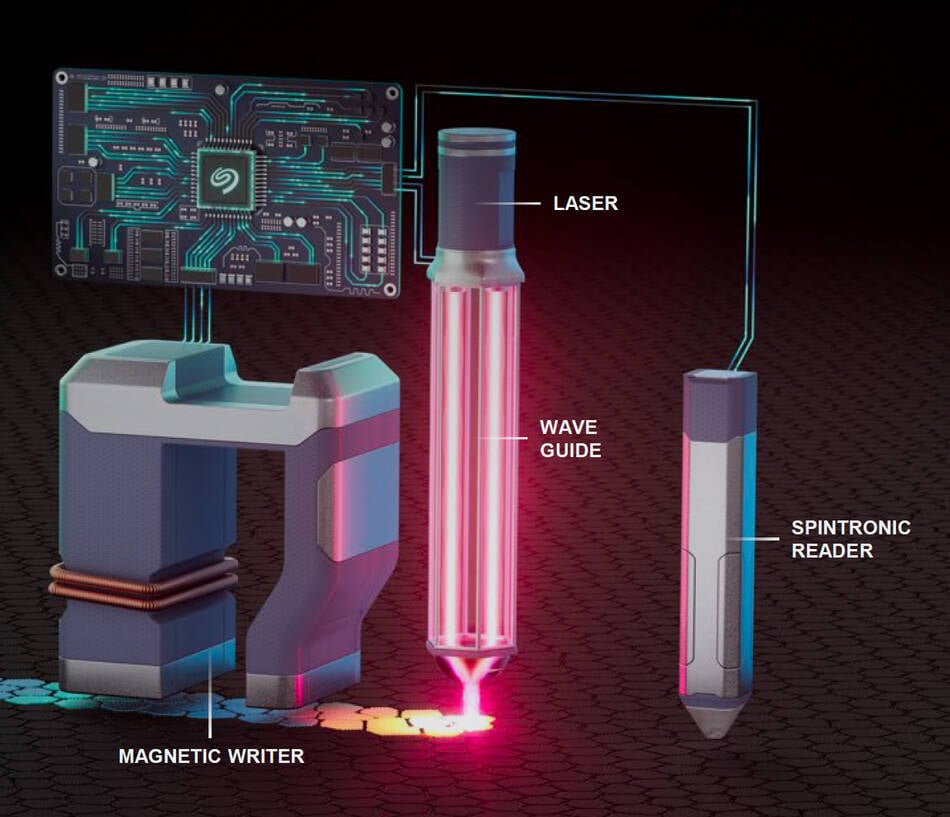The Register is running a series on
The State Of Storage. Below the fold I flag some articles worth reading.
Richard Speed's Old but gold: Paper tape and punched cards still getting the job done – just about covers the issues hampering efforts to recover data from legacy media:
A challenge with storage is the longevity of the media and the availability of hardware capable of retrieving it. While paper tape and punch cards are long-lasting and can be read by enterprising enthusiasts of today, modern densely packed SSDs and spinning disks might present more of a challenge for the archivists of tomorrow.
Chris Mellor's Tape, glass, and molecules – the future of archival storage looks at the issues I covered in Archival Storage:
The future of archival data storage is tape, more tape, and then possibly glass-based tech, with DNA and other molecular tech still a distant prospect.
The function of archival storage is to keep data for the long term – decades and beyond – reliably and affordably. Currently, the main medium for this is LTO tape and it is slow, has a limited life, and not enough capacity considering the implications of ever-increasing image and video resolution and AI-infused data generation. However, there is as yet no viable tape replacement technology at scale, only possibilities, with optical storage more practical and nearer to productization than DNA or other molecular storage.
Mellor mostly agrees with me, but is more optimistic about Cerabyte's technology than I am. It is less aggressive than Project Silica, writing a single layer of data onto glass tablets. He reports that:
Cerabyte has attracted investment from In-Q-Tel, Pure Storage, and Western Digital. Shantnu Sharma, WD's Chief Strategy and Corporate Development Officer, said: "We are looking forward to working with Cerabyte to formulate a technology partnership for the commercialization of this technology."
...
Like Project Silica, it is, in our assessment, two to five years away from commercial product availability, but it will then be commercially available.
Simon Sharwood's The trendline doesn’t look good for hard disk drives covers the evolution of the hard disk market to its current focus on nearline storage for hyperscalers:
In early May, independent digital storage analyst Thomas Coughlin shared news of falling sales and revenue in the first quarter of 2025, continuing a trend that started in around 2010. Coughlin cites data from that year showing around 600 million annual hard disk shipments.
In 2025 he thinks around 150 million units will make it out of factory doors.
Hyperscale datacenter operators will buy most of them and have become HDD manufacturers' largest customers.
...
While HDD volumes fall, collective annual shipped HDD capacity is rising – so even though fewer machines are made, they collectively contain more gigabytes than last year's larger disk fleet.
Chris Mellor's Seagate still HAMRing away at the 100 TB disk drive decades later recounts the saga of Seagate's two-and-a-half decade long effort to get Heat Assisted Magnetic Recording disks into mass production:
Seagate is currently shipping 30 TB conventionally recorded Exos M HAMR drives and both 32 and 36 TB shingled magnetic recording (SMR) drives. These have blocks of partially overlapping write tracks to increase track density and thus overall capacity, but with a slower rewrite speed as entire blocks of tracks have to be rewritten.
The company should have a clear drive capacity advantage, but it does not because its HAMR technology has proven extraordinarily difficult to bring into mass production and it has one less platter than competing drives. By 2012, Seagate predicted it could make 1 Tb/in² in HAMR drives after a successful demo. That did not happen but it managed to make 16 TB HAMR drives and was sampling them in 2019. They did not make it to mass production either, and a 20 TB technology was the next development. It too did not last long.
CEO Dave Mosley told investment analysts in 2020 that Seagate was stepping up to 24 TB HAMR drives. By 2023, a 30 TB HAMR drive was said to be coming. This was actually unveiled in January 2024, with the tech branded Mozaic 3+, referring to the 32 and then 36 TB SMR variants.
Mellor notes the impact this history has had on Seagate's credibilty:
Seagate has previously made several predictions about HAMR drive availability that were not ultimately achieved. The tech giant appears to have persistently underestimated how long it will take to productize HAMR technology and so reap the production cost benefit of having fewer platters and sliders at any capacity point than its two competitors.


No comments:
Post a Comment